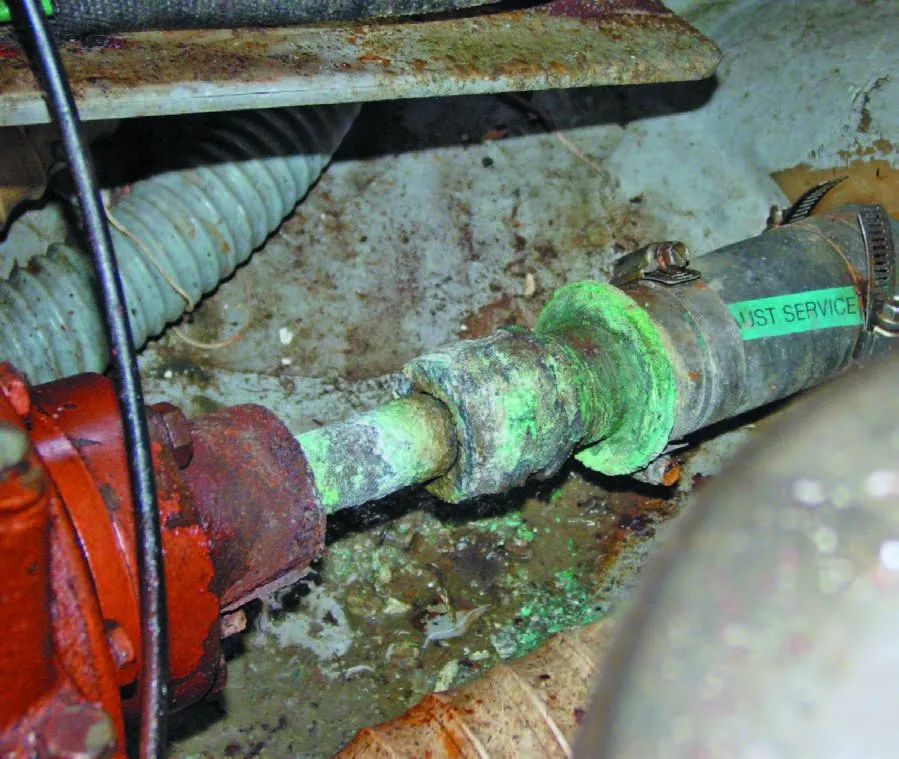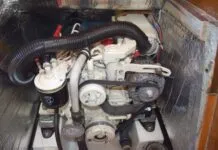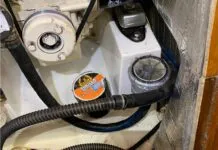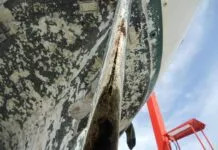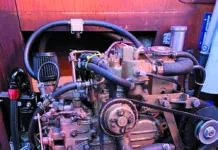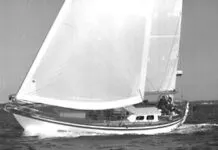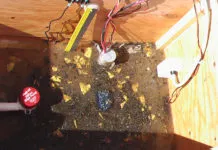Electric Outboard Charging Tips
Somewhere around the third carburetor rebuild for our 3.3 hp four stroke dinghy outboard, I decided enough is enough. Four stroke outboards are supposed...
House Battery Bank Replacement: What to Consider
Replacing a battery bank on a cruising sailboat requires a myriad of choices—driven by one overriding goal. What are you hoping to power with...
Anti-Seize Coatings for Spars
If youve ever been humbled by a single impossibly stuck fastener, or plan on adding hardware to your spar, running gear, or deck, this report on anti-seize protectants is right up your alley.
Storing Diesel Fuel
When it comes to storing a gasoline powered vessel, you are generally better off keeping tanks full, adding a corrosion-inhibiting additive, and installing a...
Alternator Overheat: A Surprising Solution for Older Boats
Over the years, and with two different small diesels working in the tight quarters of the engine compartment of our 1978 Islander Bahama 30,...
Unblock Seawater Intake: Dinghy Pump Hose Hack
It was another spectacular summer day as we released the dock lines and once again escaped life ashore, the trusty diesel humming beneath our...
Pre-Purchase or Insurance Survey: Which One Do I Need?
You’ve been bitten by the sailing bug and every spare minute is spent searching online for that perfect vessel. You’ve narrowed it down to...
In Search of Better Filters
Presumably, air cleaners are about dusty environments, and dust is a rare thing on the water. But is the engine room actually clean?
We’ve seen...
Offshore Log: Thoughts on Engine Spares For Cruising
Emptying out the spares inventory for Calypso's Perkins diesel was an eye-opener—there were plenty of parts back-ups, and, in Nick's view, all for the best of reasons.
The Front Line in Filtration
Wire mesh screens are a pain to clean. Fibers push through neighboring holes, resulting in what is known in the industry as “stapling.” They...


































